INDIANAPOLIS — Indianapolis Prize officials on Tuesday announced the 10 finalists for the 2025 Emerging Conservationist Award.
The Emerging Conservationist Award is given to a conservationist under age 40 "who is making a clear impact saving a species or group of species."
The winner of the award, which is made possible by the Kobe Foundation, receives $50,000 to further their work.
The Indianapolis Prize, a conservation initiative at the Indianapolis Zoo, "brings the world's attention to the cause of animal conservation and the brave, talented and dedicated people who spend their lives saving the Earth's endangered animal species," the group said in a statement.
The Emerging Conservationist Award winner will be honored at the 2025 Indianapolis Prize Gala presented by Cummins Inc. on Sept. 27, 2025.
Here's a list of the 10 finalists (descriptions provided by the Indianapolis Prize):
Arely Ramírez-García, Ph.D. (Universidad Michoacana de San Nicolás de Hidalgo, Mexico)

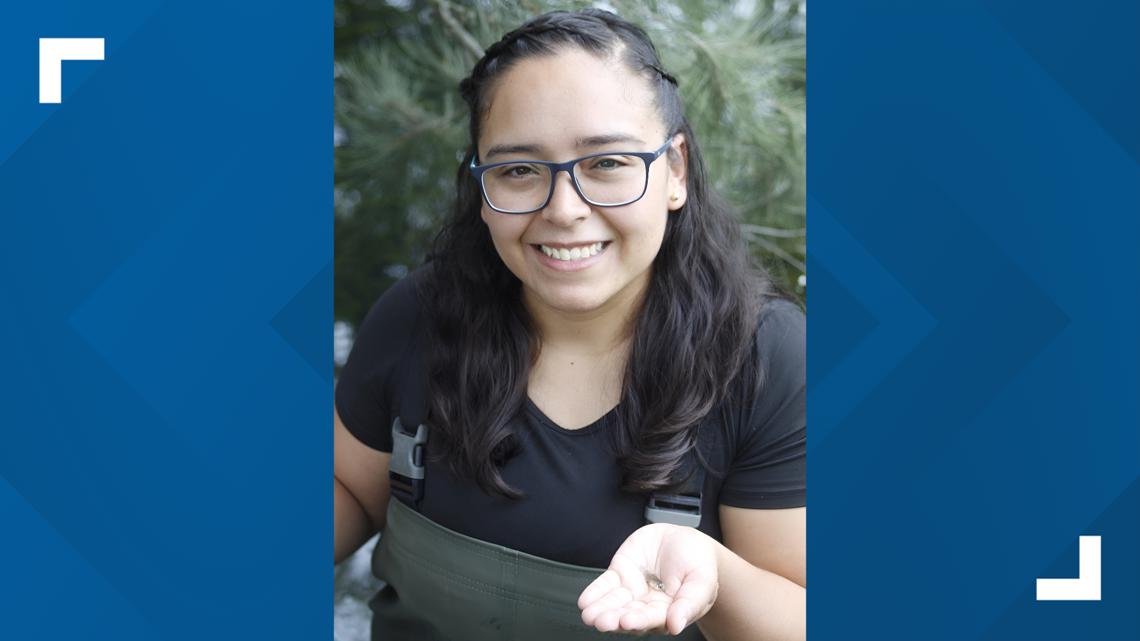
Accomplished conservationist in freshwater fish ecology of central Mexico, Dr. RamírezGarcía has been instrumental in the reintroduction of two ‘extinct in the wild’ species to the Teuchitlán River. Ramírez-García is involved in numerous reintroduction programs and focuses on the control and eradication of invasive species such as animals, plants and other organisms introduced outside of their natural range.
Aristide Takoukam Kamla, Ph.D. (African Marine Mammal Conservation Organization, Cameroon)

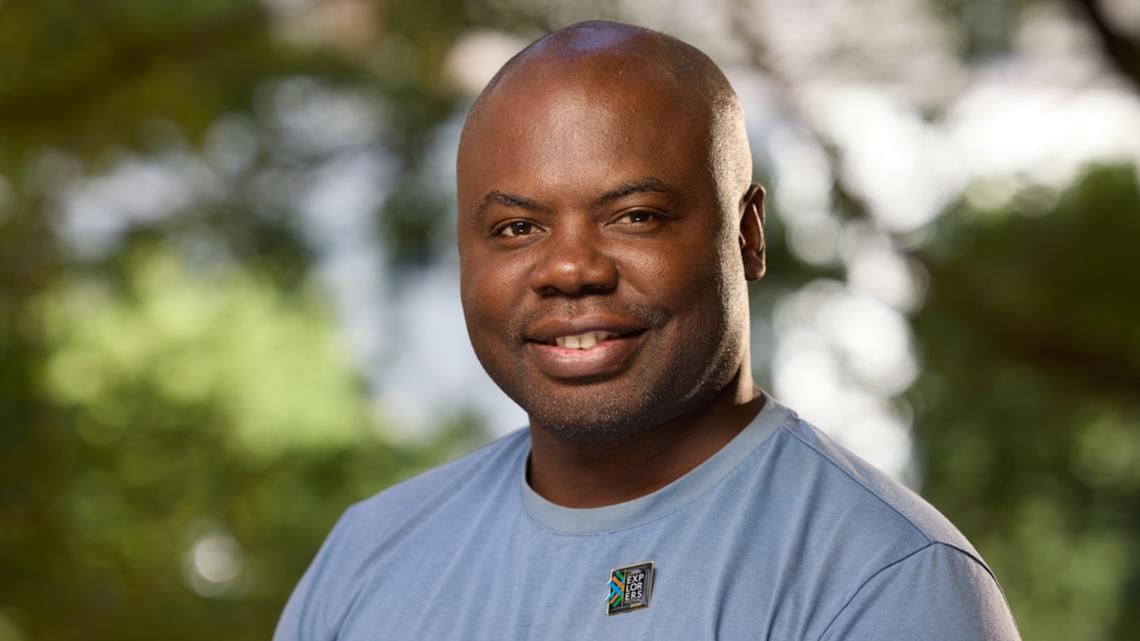
Marine wildlife ecologist dedicated to African manatee conservation, Dr. Kamla founded the African Marine Manatee Conservation Organization in 2024. The non-profit’s vision is to make Africa’s coastal and aquatic environment a safe home for marine species; while considering the best interests of local people. Kamla created the SIREN mobile app to help fishers report opportunistic sightings, bycatch and strandings of aquatic megafauna along the coast of Cameroon.
Mwezi Badru Mugerwa (Embaka, Uganda)


Researcher and conservation community leader working to protect the African golden cat, Mugerwa established the first community-based anti-poaching project at Bwindi Impenetrable Forest National Park in Uganda. Under his leadership, the non-profit has developed into a formally registered local conservation organization called Embaka with 1,900 members. Through Embaka, he has pioneered creative solutions to tackle poaching and human-wildlife conflict.
David Pavlik (W.K. Kellogg Biological Station, Michigan State University, USA)

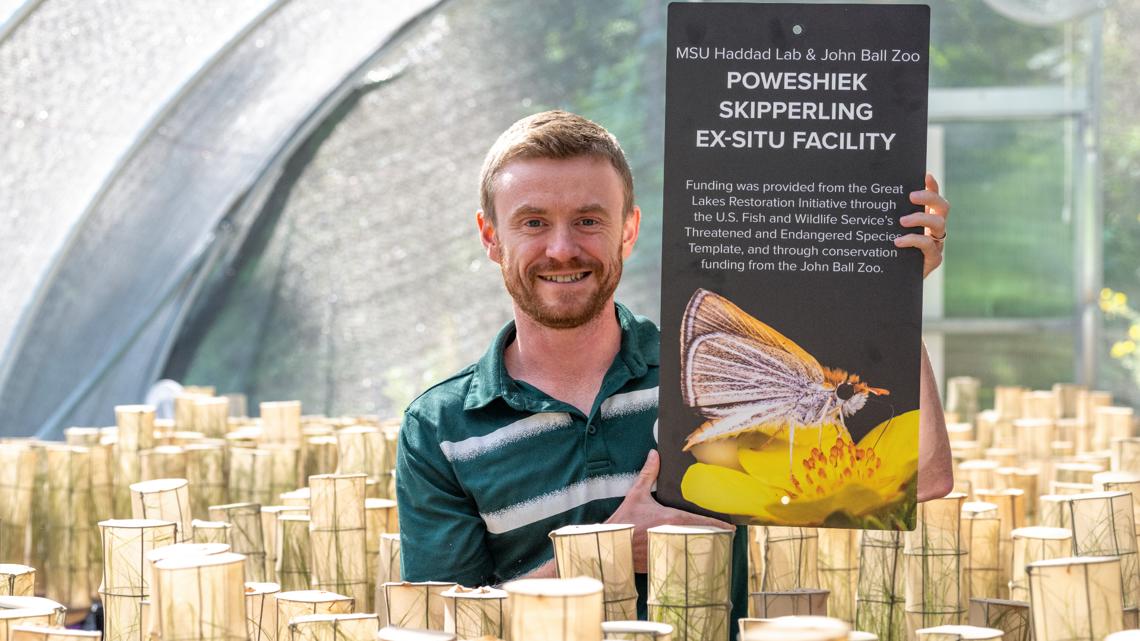
Conservation biologist with expertise in the recovery and reintroduction of North America's most endangered butterfly species, Pavlik lends his knowledge on captive rearing to conservation programs throughout North America. Through his expert advice, these programs have successfully prevented extinction, namely saving the federally endangered Poweshiek skipperling butterfly, growing the highly imperiled pollinator species population to nearly 2,000 individuals.
Elisa Panjang (Pangolin Aware, Malaysia)


Dedicated conservation biologist with more than a decade of experience, Panjang leads conservation efforts for Sunda pangolins in Malaysia and Indonesia as the founder and director of Pangolin Aware. Panjang's groundbreaking research has greatly enhanced the understanding of this elusive species. Her scientific and technical advice has been a key piece in strengthening legal frameworks that protect the future of pangolins.
Hollie Booth, Ph.D. (Yayasan Kebersamaan Untuk Lautan, Indonesia)

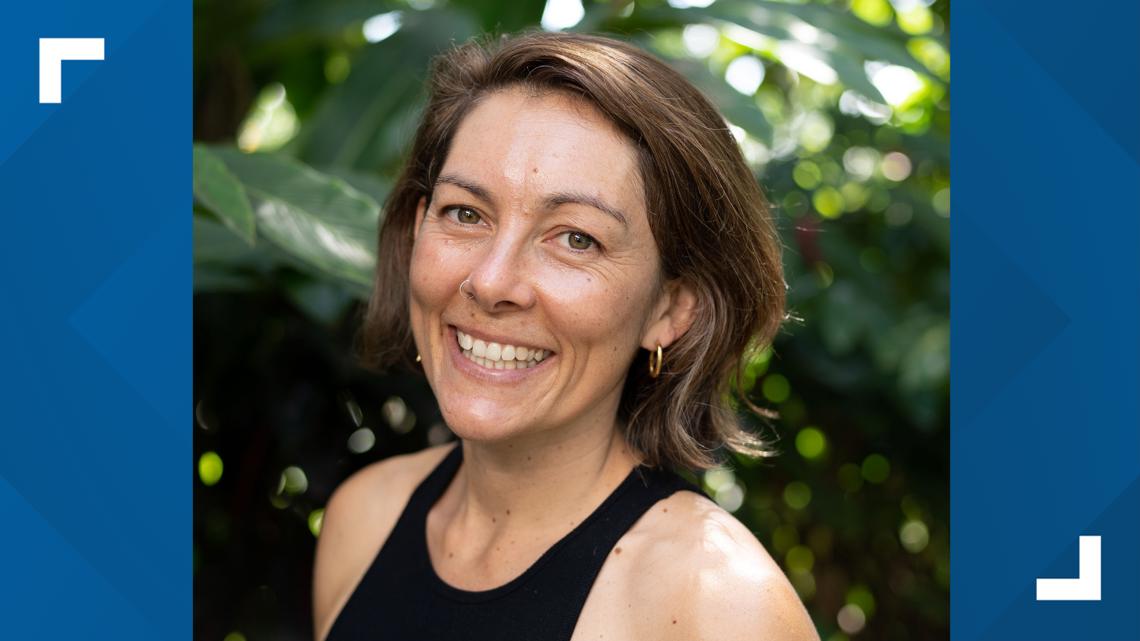
Marine conservation researcher Dr. Booth has dedicated her career to designing and implementing effective programs to protect Indonesia's shark and ray populations. As the founder and chair of the NGO, Yayasan Kebersamaan Untuk Lautan, Booth has worked with local government, researchers and small-scale fisheries to establish the world's first randomized trial of pay-torelease program for critically endangered sharks and rays. Dr. Booth applies her research to advocate for both governmental policy and practical applications such as private-sector funding.
Iroro Tanshi, Ph.D. (University of Washington, Seattle, USA, and Small Mammal Conservation Organization, Nigeria)


Leading bat conservationist, Dr. Tanshi aims to create a future for African bat species. In 2016, Tanshi discovered a small population of the rare short-tailed roundleaf bat, a species that had not been seen in 40 years. She founded the Small Mammal Conservation Organization after this discovery to draw attention to their silent extinction and amplify research findings regarding the unique habitat needs of small-sized mammals that are often neglected by conservation and ecology programs.
Kumar Paudel (Greenhood Nepal, Nepal)

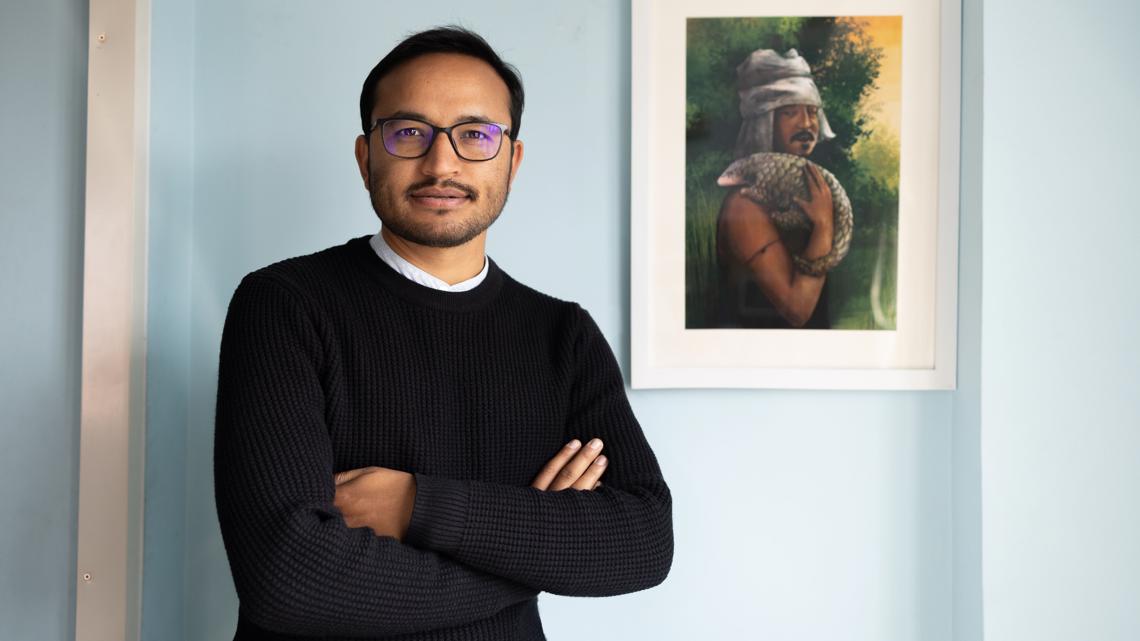
Conservation practitioner focused on protecting Nepal's critically endangered pangolins. Paudel created the Nepal Pangolin Roundtable in 2015 through an organization he founded, Greenhood Nepal. Because pangolins were a relatively misunderstood species, he gathered key stakeholders to scale efforts to protect 3 them. The event catalyzed a species action plan and resulted in policy frameworks aimed at saving pangolins from poaching and illegal trade.
Sergio A. Balaguera-Reina, Ph.D. (University of Florida, USA, and ProCAT, Columbia)

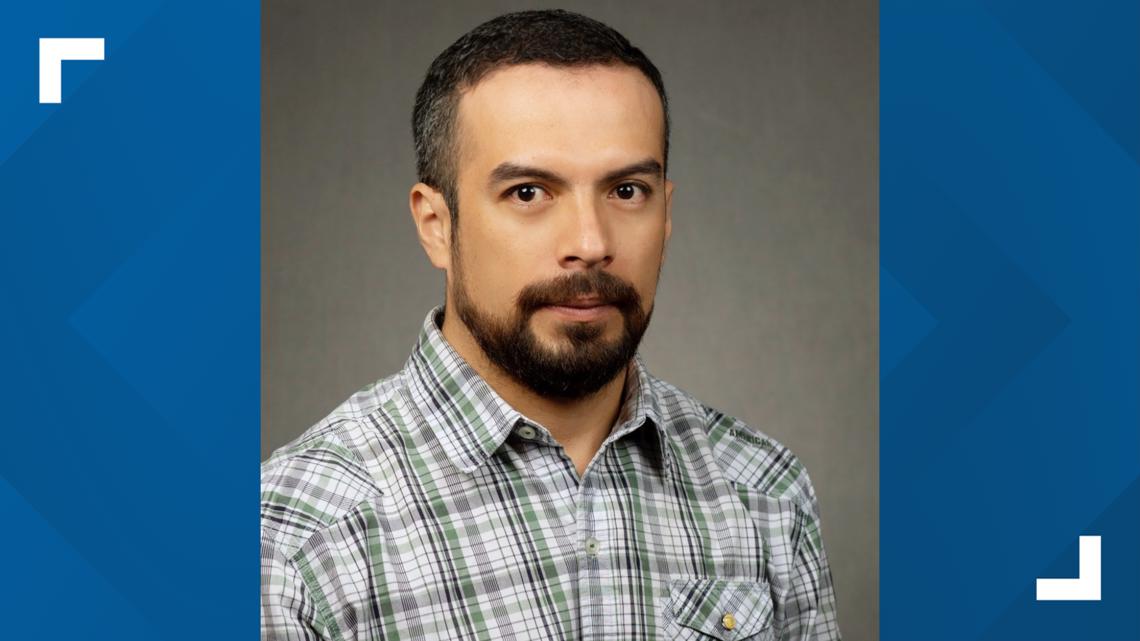
Pioneering conservation biologist focused on understanding the roles that crocodile species play in aquatic and coastal systems. Dr. Balaguera-Reina develops conservation plans that provide support for crocodiles and other species as well as the habitats and landscapes that they inhabit. Two years ago, he was named a 2023 Indianapolis Prize Emerging Conservationist Finalist. His accomplishments also include co-founding an NGO, ProCAT, in his native Colombia. ProCAT engages with local communities to advance practical conservation measures.
Yik-Hei Sung, Ph.D. (Lingnan University, Hong Kong, and University of Suffolk, England)

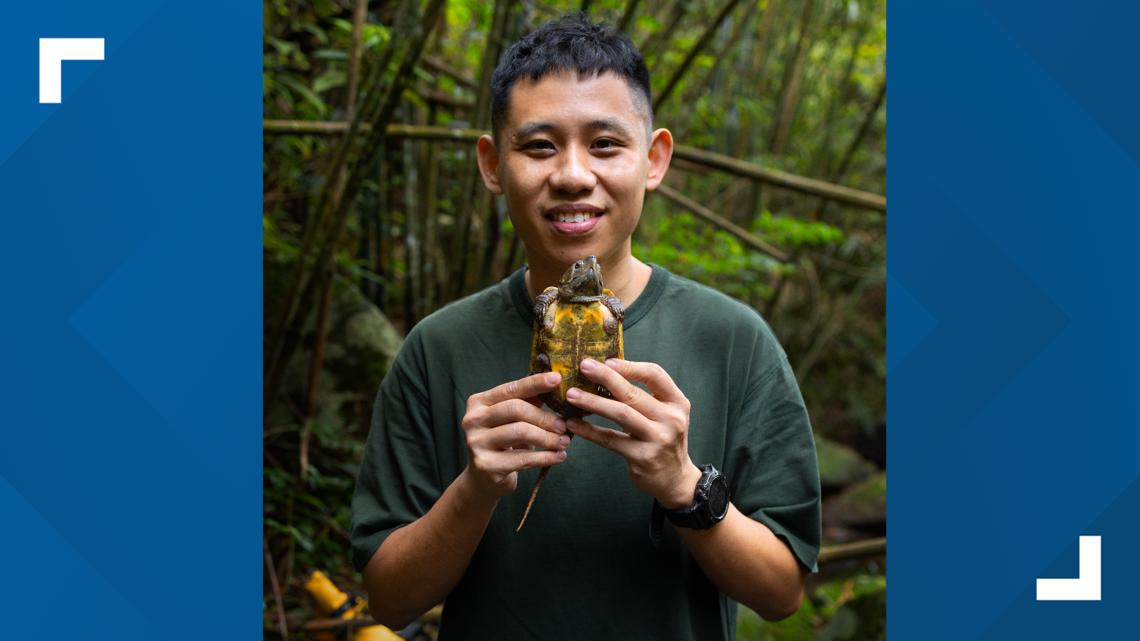
Ecologist and conservationist striving to protect endangered freshwater turtles and tortoises in Asia due to illegal trafficking and poaching. Prof. Sung's research has been pivotal in informing conservation actions locally and globally. Sung's technique using infrared cameras aids in successfully detecting illegal hunting and trade.

